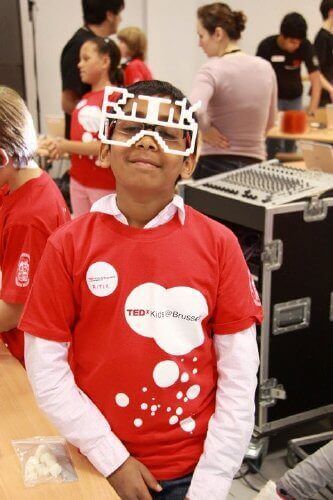
Mr. Wohlers, you have been examining the 3D printing industry for more than 25 years. I’m curious, do you yourself have 3D printed objects at home?
Yes, in fact, we have many. We have several 3D printed lamp designs, and in our office, we have around 200 to 300 parts that were mostly made on higher-end industrial machines.
The enthusiasm for 3D printing was tremendous just six months ago. In the meantime, though, the hype has cooled down considerably ‒ why do you think that is?
The industry is filled with myths, misconceptions, and misinformation. A lot of inaccurate information has been circulated, not only by the media, but also by people inside our industry. Over the last 12 months, some efforts have been made to set the record straight and publicize the realities of 3D printing and to dispel the myths that are out there. As a result, people are now starting to understand that these printers are neither easy to use nor are they fast. It can take many hours, even days, to produce a part or product. Industrial plastic parts, for instance, can take tens of hours just to cool down before removing them from the powder bed. Then the parts or products usually need to undergo finishing operations, which can also be a time-consuming and labor-intensive process. So, it’s good to see that unrealistic expectations are dwindling and that reality is slowly setting in.
Nevertheless, though, you expect the 3D printing market to grow fast. What opportunities then do you see especially for young people entering the workforce?
Design is a very big area that offers many opportunities and challenges. We see a demand for designers, which would create an opportunity for young people wanting to start a 3D business. We also see a host of other opportunities in the 3D printing industry, such as producing new types of materials, running or maintaining the machines, marketing, sales, managing supply chains, education and training, R&D, running a small business or working as part of a bigger company, just to name a few of the many opportunities in this emerging field.
In terms of launching a new business, we see many exciting opportunities for young people, really for people of all ages. It’s fairly easy to set up a web-based service, for instance. You don’t necessarily need to own equipment, and you don’t even need to have design skills if you know of or can find people that do. You could, for instance, develop a network of designers and launch a website with special designs consisting of jewelry, home and office accessories, custom tools…it could be just about anything. You could then outsource the printing to companies with industrial equipment to get good quality parts and products. We expect hundreds, if not even thousands, of new companies to offer 3D printed products in the future.
That sounds as if we were in for a “gold rush” just like back in the ’80s during the early home computer days.

Yes, we have found parallels between the early computers back in the days when you could buy a kit and assemble a computer yourself or buy crude low-cost computers. But there is one big difference. Before we had computers we would write, present, communicate, store information, music and images, and conduct research, etc. And today we’re doing basically the same things, just better and faster. We haven’t been able to identify a similar parallel in the 3D printing world.
Also, while some hobbyists, do-it-yourselfers, engineering students and others have been successful, most average consumers who’ve bought a printer build a few parts and then it just sits there and collects dust. They often don’t have the design skills, or they simply lose interest. Also, many consumers expect a level of quality that these machines cannot deliver. So, we really don’t see a home market for general purpose 3D printers. Maybe, someone will develop a simple, safe, and affordable 3D printer for children because they like to make things, play and create.
If the home market isn’t really all that convincing, how do you go about getting good printing results?
The best way is through professional 3D printing services. Companies such as i.Materialise, Shapeways, Sculpteo are pioneers in the market. They not only use plastics to create 3D objects but also metals, such as silver, gold, bronze, steel and titanium, as well as gypsum and other materials. Amazon now offers a 3D printing market place.
In your opinion as a 3D expert, are there any developments in the current market that you find particularly impressive?
Metals have really taken off. According to our research for Wohlers Report 2014, the professional metal printing market has grown by 76% last year. We expect another strong year of growth in 2014. In aerospace, medicine and dentistry, most of the parts are metal. These are highly regulated industries with very high requirements and standards. I think it’s pretty impressive when you consider that even fuel nozzles for the new LEAP engines, which must withstand extreme temperatures, are being 3D printed. And that they are five times more durable than the old nozzles and 25% lighter. It’s truly amazing…
Also, 3D metal printers are being used, for example, for the Airbus A350 (aircraft 5) to reduce material and weight. Even structural parts are being 3D printed.
Terry Wohlers was interviewed by All3DP’s Chief Content Officer Anatol Locker
About Terry Wohlers

Terry Wohlers, industry consultant and analyst of Wohlers Associates, Inc. in Fort Collins, Colorado, has been examining the 3D printing market since 1987. His consulting firm publishes the Wohlers Report, an annual worldwide progress report that provides a review and analysis of additive manufacturing and 3D printing, and is considered the leading market analysis report in the industry.
License: The text of "“Thousands of new companies will offer 3D printed products”" by All3DP is licensed under a Creative Commons Attribution 4.0 International License.